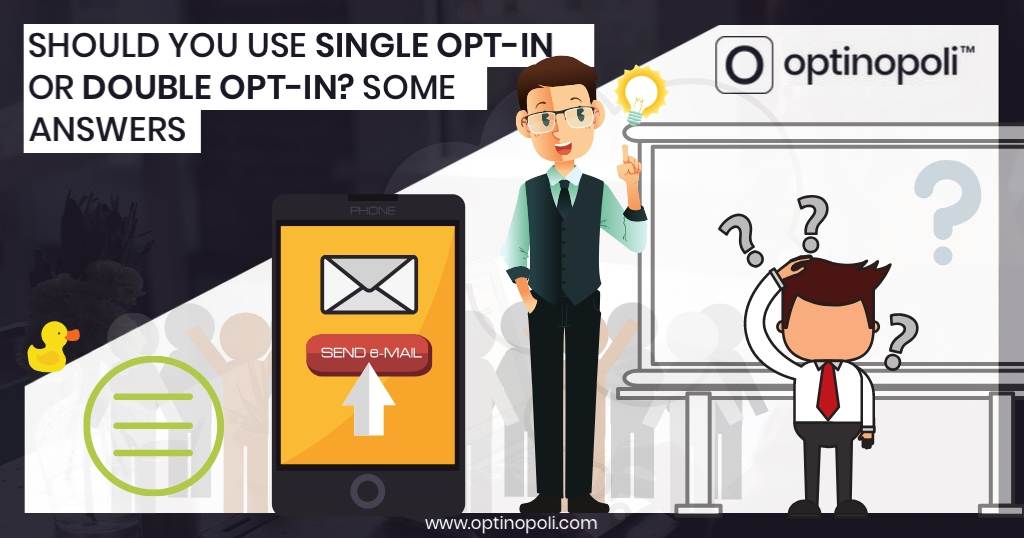
Should You Use Single Opt-In or Double Opt-In? Some Answers.
For email marketing, it’s an age-old question.
When new leads join your email list, does ‘single opt-in’ give you enough permission to start emailing them? Is this an effective approach?
Or should you then send ask new leads to confirm their intentions by clicking a link in an email? This is also known as ‘double opt-in’.
This post gives you some answers, weighing up the pros and cons of both approaches to help you understand the best approach to take within your own business.
Double opt-in? Single opt-in? Here are the pros and cons of both. #emailmarketing #emaillists via @optinopoliClick To Tweet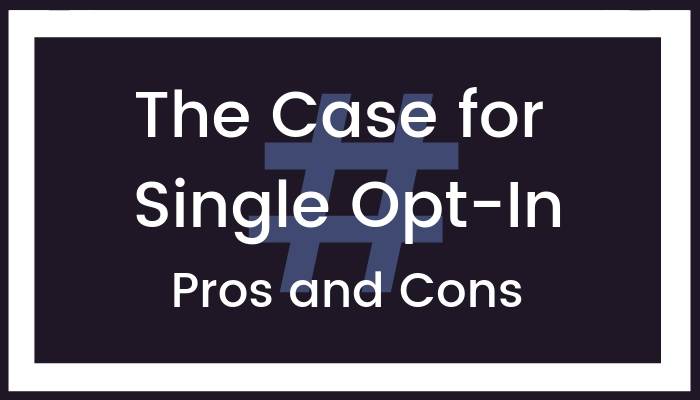
There are indeed advantages of single opt-in.
But as we'll see they’re probably outweighed by the disadvantages.
The main benefit though is that you get more leads jumping onto your list. There's no additional hoop for them to jump through (as with double opt-in) so you have more people you can communicate with.
In essence, as soon as they’ve entered their email, you can start emailing them. The numbers look better, and it makes you feel good.
But in truth, the numbers are largely a vanity metric, and any sense of well-being they give you is an illusion.
The case for using single opt-in for your #EmailList — some pros and cons #emailmarketing via @optinopoliClick To TweetThe truth is a proportion of those who sign up:
- Won't have much interest in what you have to say—sorry! Some people simply enter information into forms on a whim with little genuine interest.
- Will have entered inaccurate, invalid information—these may be typos or someone just seeing what happens when they submit the form with a made up email like asdf@aaaaa.com.
- Will have entered someone else's email who won't want to suddenly start receiving emails from you and may cry foul.
- Will be from online bots.
So sure, you get more emails.
But any additional ones you get in comparison to using double opt-in are likely to be poor quality.
Plus, you're less able to communicate with those leads effectively because of the following.
Poor deliverability
Some autoresponders and CRMs for example may allow you to use single opt-in, but will use different IP ranges for those emails that are more liable to be blocked by certain ISPs.
Spam complaints
Single opt-in means you'll have email addresses from lower quality, less interested leads on your list.
Their lower level of interest means they're more likely to feel disgruntled to receive your emails, and more likely to complain when they do.
Spam complaints can again lead to ISPs blocking your emails. Worse, some autoresponders and CRMs will suspend your ability to send emails, potentially even shutting down your account, because of the impact it has on deliverability for their other customers.
Lower open rates and response rates
If you have less-committed, less-interested leads on your list, guess what? They're less likely to be opening your emails and clicking on links within them.
ISPs look at this type of engagement to decide on levels of deliverability for your emails, and how to treat it when it arrives. If they send your emails straight to spam, it obviously has a big impact on your ability to convert leads on your list into customers and advocates of your business.
So, while you may get more leads with single opt-in, at least at face value, it's rarely a worthwhile, profitable approach.
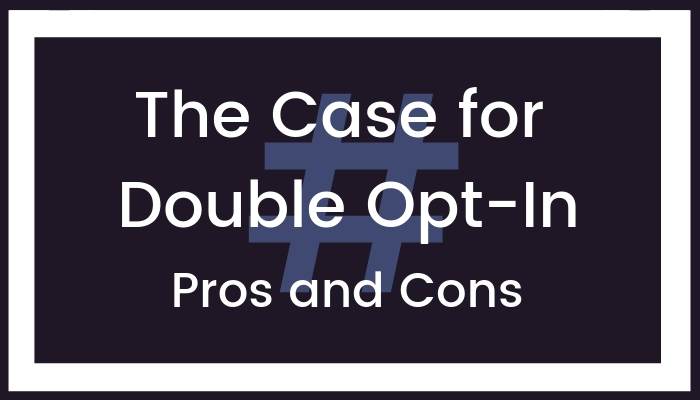
Most email marketing practitioners, including myself, recommend you should always use double opt-in.
With double opt-in, you send your new lead an immediate confirmation email that asks them to click a link and confirm their intention to opt in.
Obviously you want the maximum number of people to do just that. Best practice is to show them a message on the thank you page, that tells them what to look out for and what they need to do.
The case for using double opt-in for your #EmailList — some pros and cons #emailmarketing via @optinopoliClick To TweetThis double opt-in process filters out lower quality leads automatically:
- Those who are less interested or signed up by mistake simply won't confirm. Great! You don't actually want them on your list as they ultimately lower deliverability for those who do want to hear from you.
- For inaccurate, undeliverable emails, obviously they'll never make it to your email list either.
- If someone else's email address has been entered without their permission, they won't respond either so you avoid potential spam complaints down the line.
Those who genuinely do want to hear from you—in other words, your more valuable leads—will mostly look out for the email and be sure to confirm.
You'll also know that when emailing your leads in future, you're only communicating with people who have a proper interest in your information.
It can actually be liberating. You can email more freely with less concern about spam complaints and deliverability issues, driving up the profitability of your list as a result.
On the one hand, your deliverability, open rates, response rates and profitability are all higher. On the other hand, your risks are lower.
What’s not to love?
Not much.
Firstly, you may of course lose some otherwise higher quality leads who fail to confirm they want to get your emails. They may for example get distracted or not see the confirmation email.
However, this is generally outweighed by the advantages of double opt-in.
Secondly, some autoresponders and CRMs may want the lead to double opt-in again when requesting additional information from you.
For example, let's say someone has already opted in to receive say a content upgrade. They've made a first tentative step and joined your audience. But they're now ready to commit a little further.
You may for example have a report or whitepaper they’re interested in, or an upcoming webinar. You may be looking to segment your list and/or move leads further along your marketing funnel.
Asking someone to confirm each time is disruptive, annoying, and can lose leads at a potentially critical point in your conversion process.
So generally, if at all possible, you want to avoid the need for any secondary double opt-in.
Instead, use an autoresponder or CRM that ensures you only need the double opt-in when someone first signs up, rather than every new campaign you might want to run.
To do this, ensure that what the new lead is opting in to uses fairly open language, such as, 'regular information'. If you get too specific, such as, 'a weekly newsletter', it restricts what you're potentially then able to send them at a later date.
To Conclude
As shown, double opt-in is the preferred approach by far for new leads joining your email list.
It ensures you can maximize deliverability, open rates and response rates, while reducing the risks of spam complaints and potential legal issues.
In contrast, while single opt-in might give you higher numbers of new leads, this is only a vanity metric. The quality of your list will be lower, your communications will be less effective because of issues such as lower deliverability, and the risks are higher.
Should you use double opt-in or single opt-in? Some answers. #emailmarketingtips #emaillists via @optinopoliClick To Tweet
steve shaw
Steve Shaw is the CEO of optinopoli™, next-generation lead capture and sales conversion technology—click here for more info.
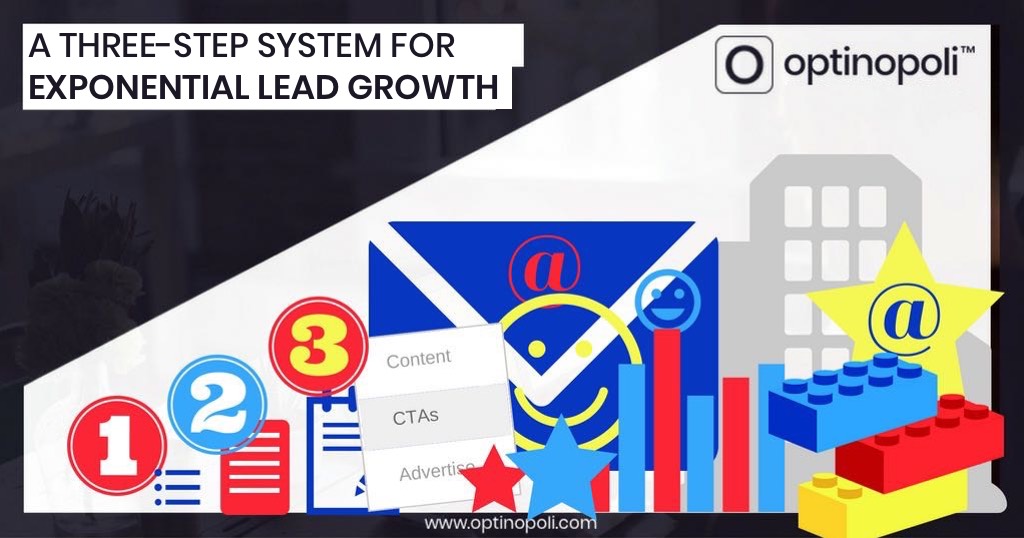
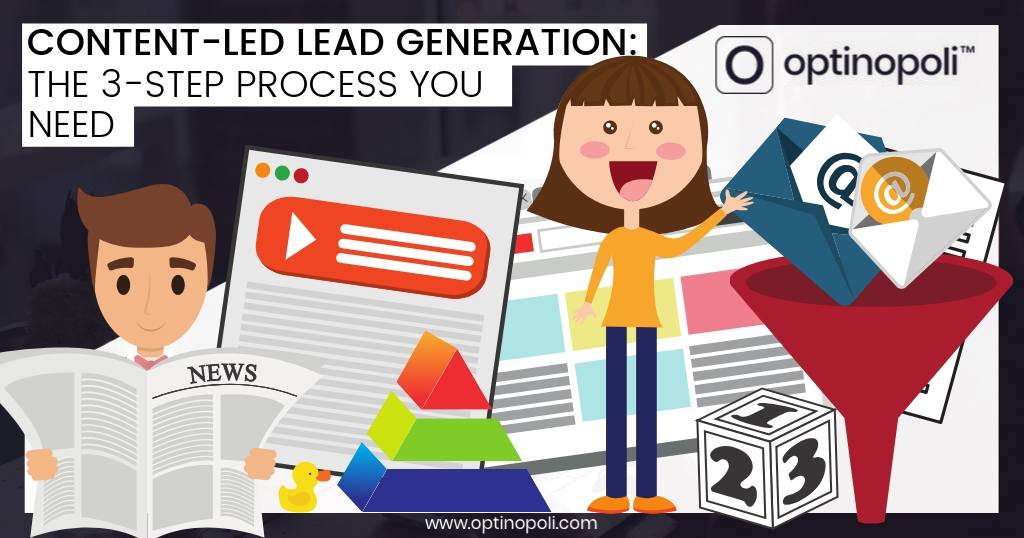
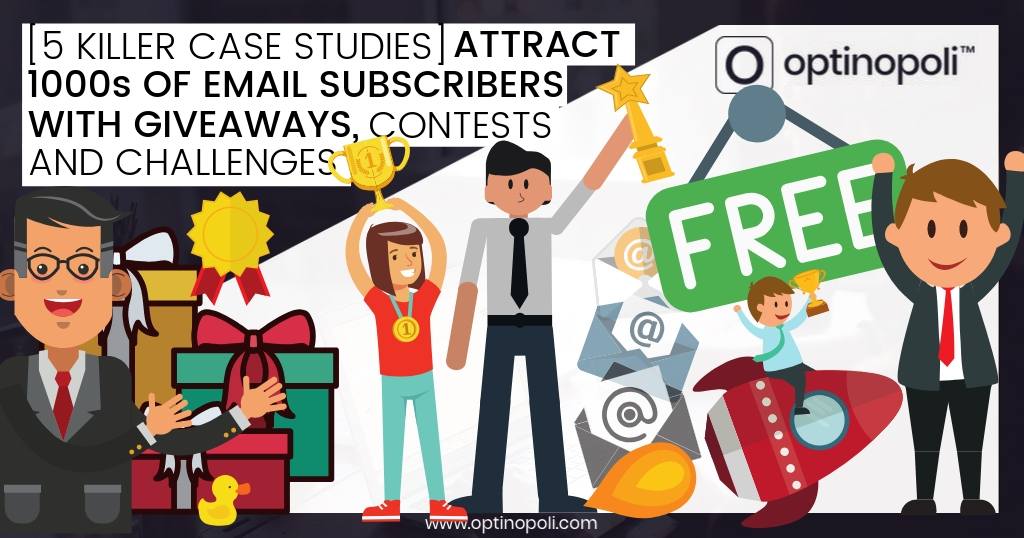

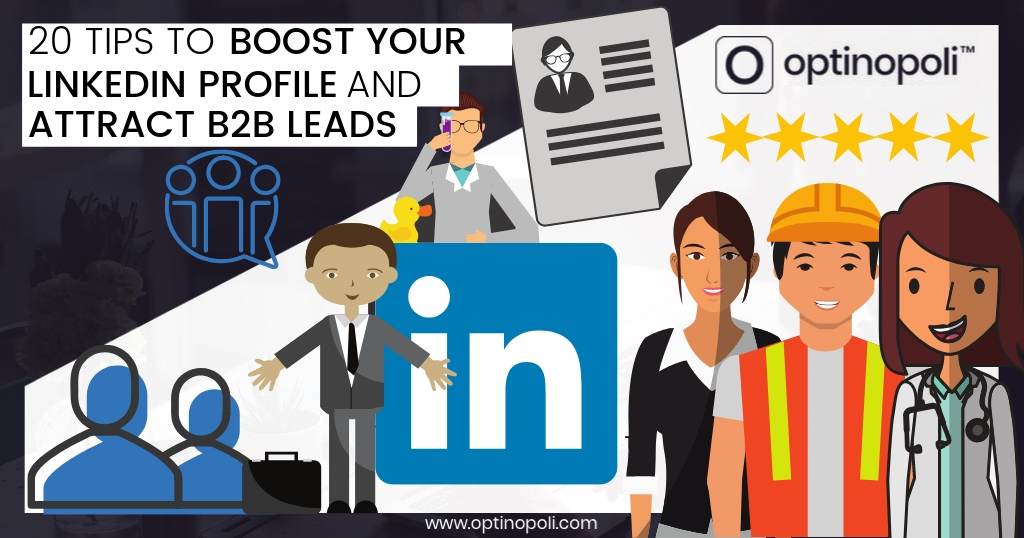
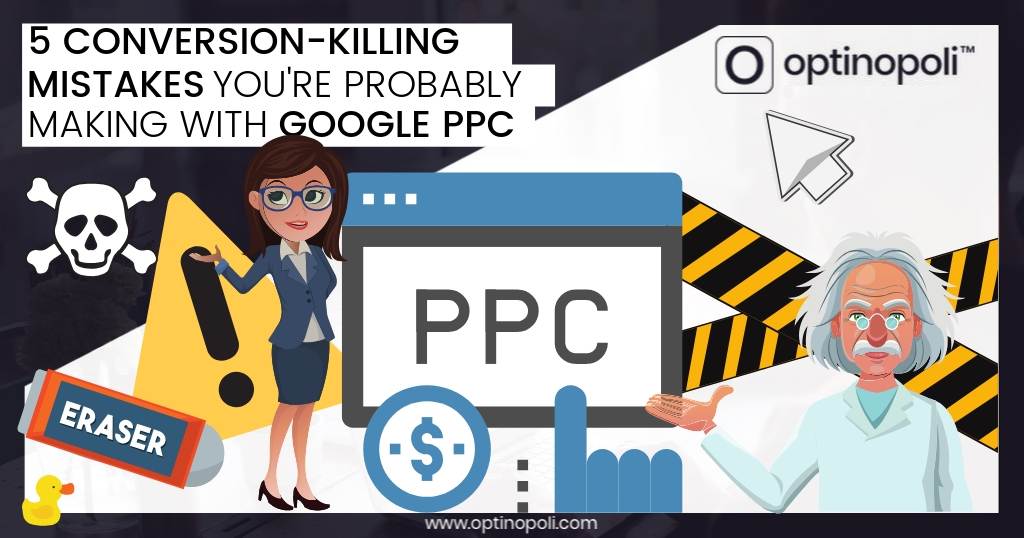
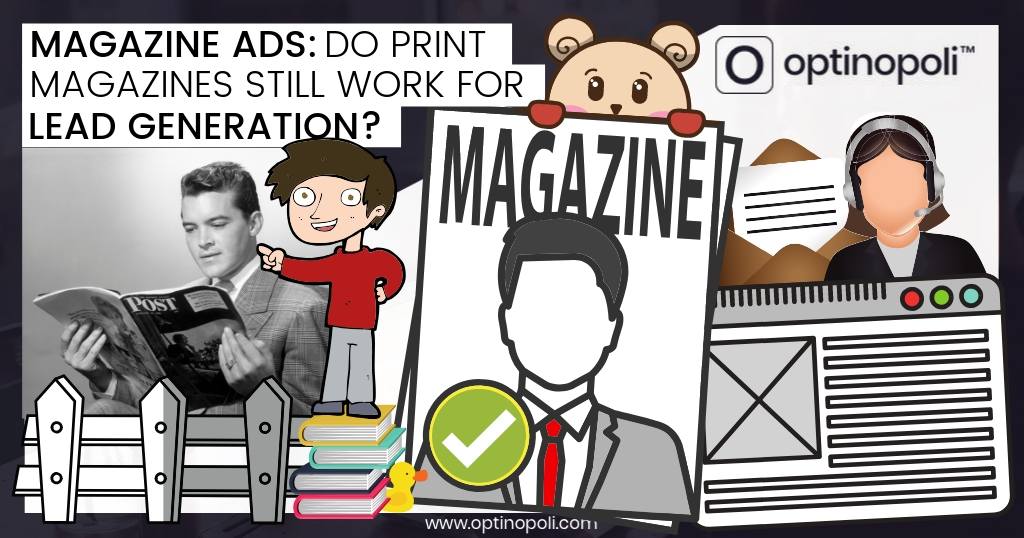
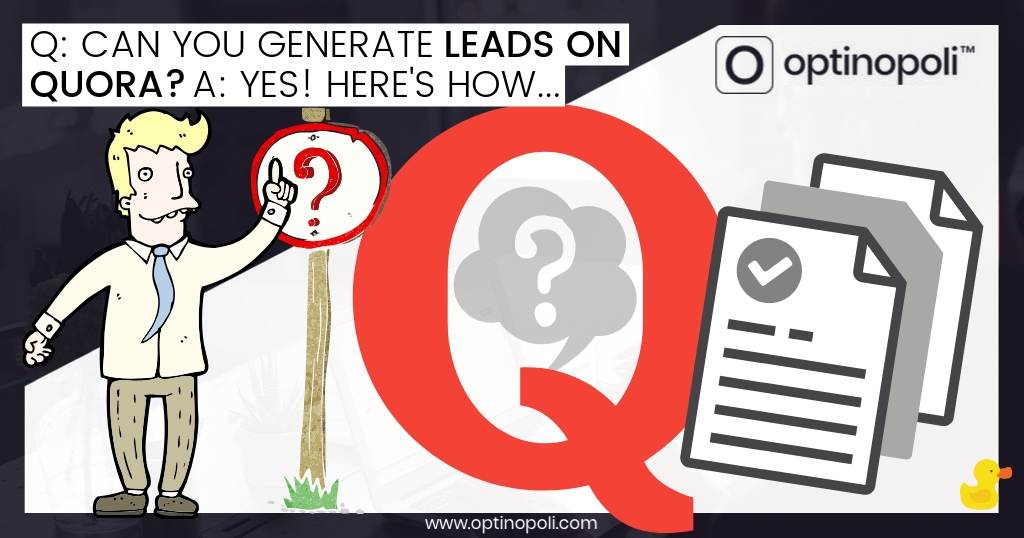
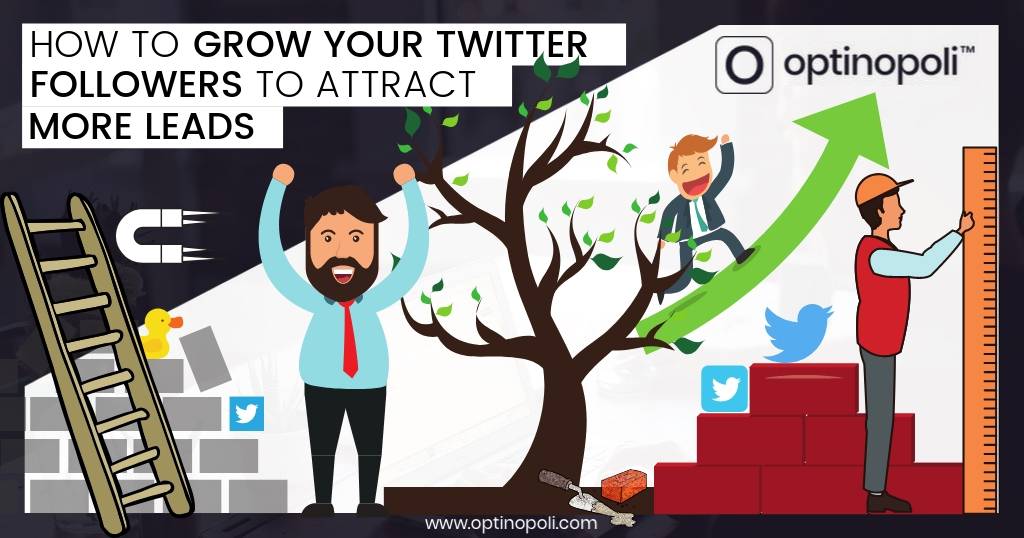
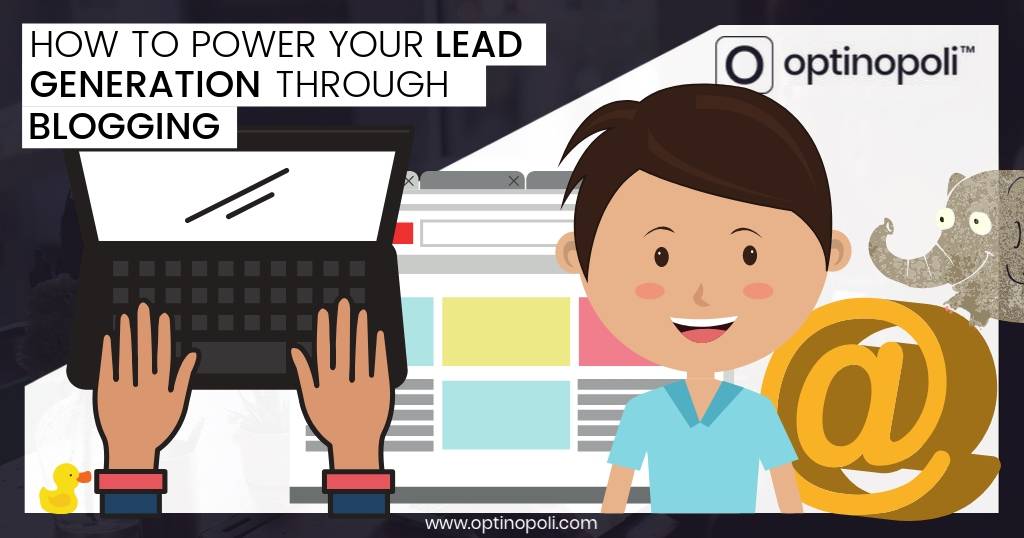
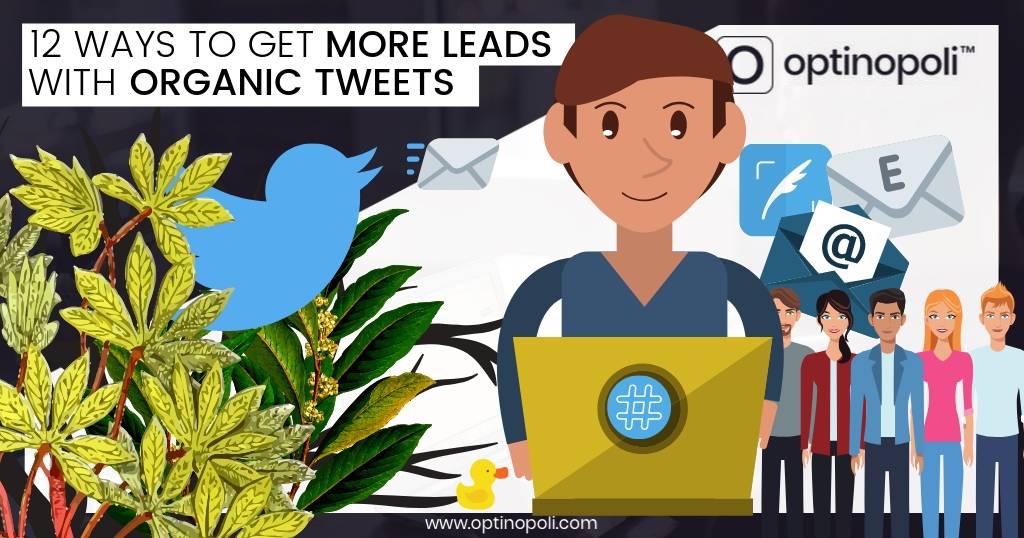
Comments